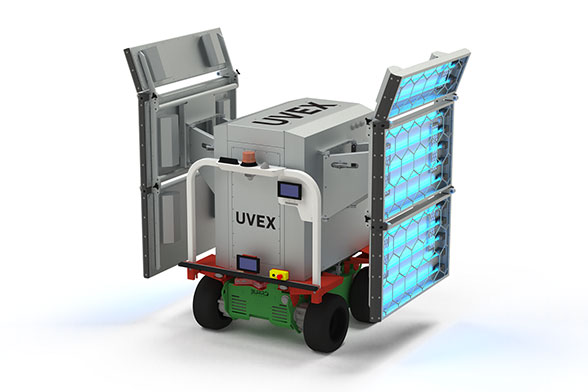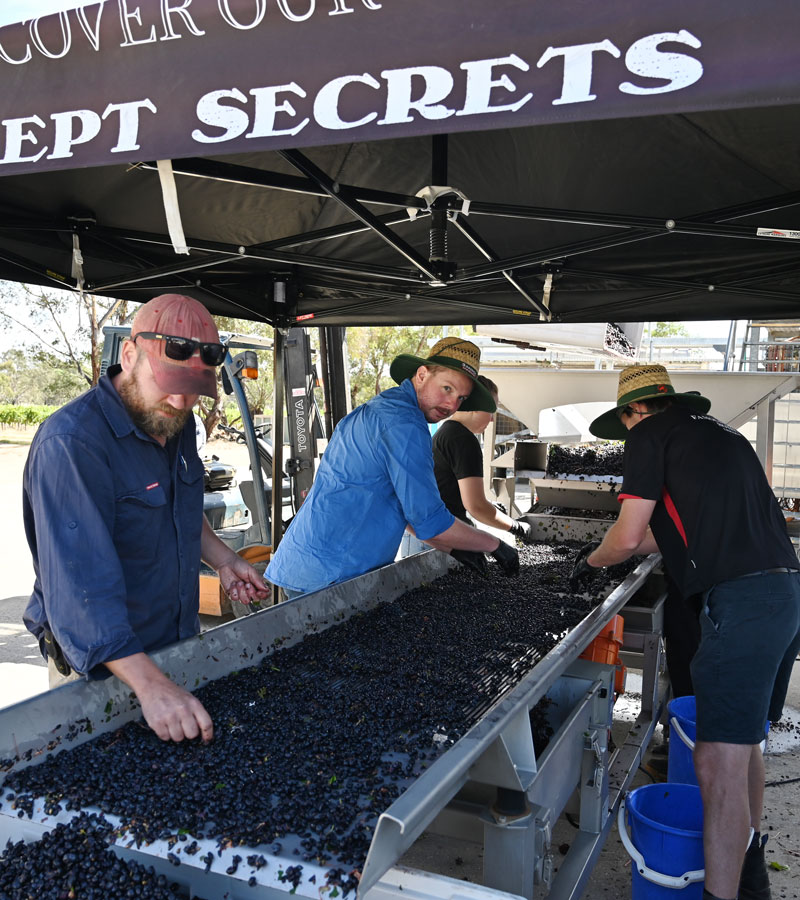Our Riesling Explained

Riesling at Best’s Great Western has a long and illustrious history. Henry Best planted our Concongella Vineyard in 1868. Riesling was one of the first varieties planted in this historic patch of earth. As a matter of fact, the importance of these plantings has attracted scientists from Geisenheim University in Germany to take cuttings, to identify the source of these vines and to potentially improve the mother vines material in Germany.
What we do know is that the Riesling planted at Best’s predates most of the existing vines in Germany. Germany, the spiritual home of Riesling and that phylloxera wiped out the Old World vineyards in the late 19th century.
In the viticultural timeline at Best’s, the next substantial planting of Riesling after the 1868 vineyards was in 1944. Subsequent plantings were made at Concongella in 1978 (in the House Block) and at Rhymney in 1999.
Great Western’s Riesling Terroir
The climate and soils in the Great Western region ideally suit the Riesling variety. Our cool, continental location makes for very cold winters and strong diurnal (daily) temperature shifts during the growing and ripening season. This ensures full ripeness and plenty of natural acidity in the grapes.
The soils in the Concongella Vineyard are deep clay loam mixed with granite sands. This makes for very aromatic wines that exhibit the floral characteristics and fine minerality of the variety. It’s interesting to note that the best Grand Cru sites in Alsace for Riesling are typically on granitic soils.
On the other hand, the soils in our Rhymney Salvation Gully Vineyard in the hills above Great Western contain more slate and quartz in clay soils. This site is more elevated (about 350m above sea level) than our Concongella Vineyard (about 200m above sea level) and therefore its fruit ripens later. These vines produce fruit with more citrus, predominantly lime, flavours and aromas with steely acidity.
The fruit from our Salvation Gully Riesling forms the framework for our Great Western Riesling. This wine is a blend of several sites of Riesling around Great Western. In exceptional years, Best’s also produces a single-vineyard wine from a select portion of our House Block in the Concongella Vineyard.
To learn more about the history of Riesling in Great Western, watch our video with Hamish Thomson sharing a bit of wine wisdom:
The Early Days of Riesling Production at Best’s
Riesling is known as one of the best white varieties to age. Best’s Great Western Rieslings from the 1970s are still drinking well today. Interestingly, when those wines were produced, refrigeration was not commonplace in the Australian wine industry, nor was stainless-steel storage. So it was standard to mature and stabilise the wine in large oak vats, as is still the practice in Germany and France today. Best’s went back to the future with the reintroduction of this practice of maturing Riesling in oak vats in 2012 with its Foudré Ferment Riesling.
Germany’s influence on Best’s Riesling production also came in the form of Trevor Mast, the first winemaker outside the Thomson or Best family to work at the winery. Trevor joined Best’s in 1975 after studying winemaking at the Hochschule Geisenheim University in Germany under the tutelage of the esteemed Helmut Becker. Trevor’s training in this great Riesling-producing area helped lift the pool of knowledge of the variety and the style of wine produced at Best’s. He imparted a great deal to the legacy and continued excellence of Riesling at Best’s.
Riesling under screwcap
In 2003, Best’s made the decision to bottle its Riesling under screwcap. We have seen that Rieslings bottled under screw cap retain freshness and the natural acidity of this variety for a longer time.
When we unearth older Riesling treasures from our historic underground cellar that are under cork, we have found that these Rieslings age in a most spectacular way! The bright and crisp acids of the fresh Great Western Riesling style will soften and become broad across the palate. The colour deepens to a golden straw and the wine develops buttered toast qualities. The wine is weighted on the palate creating a sumptuous mouthfeel. This aged characteristic is common for older Rieslings and will also develop in Rieslings under screwcap over time.
So which Rieslings does Best’s produce today? Discover your own favourite Riesling in Best’s line-up of this variety. All these wines hold their own with various weights, sweetness and flavour profiles.
Great Western Riesling
Real insider’s wines, or more best-kept secrets, the Rieslings from Great Western are aromatic, flavoursome yet structured and spectacularly age-worthy wines that stand confidently alongside their more famous South Australian cousins. On the nose, there are lifted aromas of kaffir lime and honeysuckle with a background of red apple and musky spices. On the palate, there are intense lime flavours with a slippery mouthfeel and a fresh mineral finish. The Rieslings of Best’s have a proven ability to mature gracefully for 20 years or more. This example is no exception, and its youthful freshness is a good sign for its long life in the cellar. It will gather complex toasty aromas and flavours as the years pass. Enjoy with Moreton Bay bug ravioli.
Foudre Ferment Riesling
Best’s Great Western Foudre Ferment Riesling is matured in two 2500L oak “foudres”, or barrels. The first French oak foudre arrived in 2011 and was crafted by Marc Grenier of Burgundy. The second arrived late in 2020 and was crafted by the famed Bouchard Cooperages in Schneckenleitner, Austria. The Foudre Ferment Riesling is the successor to the EVT 51 Riesling, which we made to celebrate Viv Thomson’s 51st vintage. The Foudre Ferment is a full-flavoured Riesling. Displaying complex honeyed aromatics of lime blossoms, straw bales and lime cordial with hints of gingernut biscuits. Lime and honey flavours dominate the palate. A fine lingering texture of lemon curd, lime pith and succulent acidity. This Riesling is well-balanced with a touch of sweetness and a crisp acidity. It will continue to improve over the next 10 years.
Our 2021 Foudre Ferment Riesling was named 2023 Halliday Wine Companion Wine of the Year, read more
House Block Riesling (Concongella)
We make this Riesling, only in exceptional vintages, from grapes sourced from Best’s House Block directly behind the winery. Planted in 1978, this block typically produces highly aromatic and delicately flavoured wines. On the nose, enjoy lifted lemon and apple blossoms with hints of lavender. On the palate, citrus and luscious green apple flavours fill the mouth, followed by a slight sweetness, which is balanced by the steely acidity.
Rieslings do not need to be chilled down to an icy temperature. A short time in the fridge will suffice. An ideal temperature for serving a standard dry Riesling before drinking is (7-8C). You can enjoy sweeter Rieslings at a 10C while an aged Riesling can be enjoyed at a slightly warmer temperature, say 12 degrees Cel.





